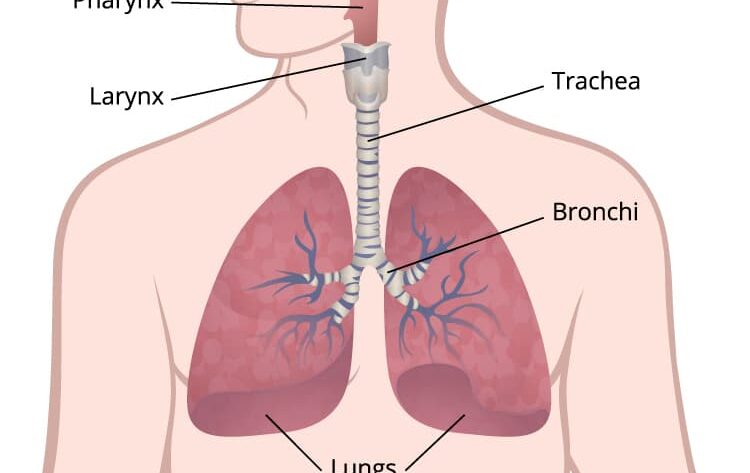According to the World Health Organization (WHO), lung cancer is one of the leading causes of cancer deaths worldwide. Every year, hundreds of thousands of people are diagnosed with it, making it a global health concern.
Understanding the risk factors associated with this type of cancer can help us take preventive measures and try to reduce our chances of getting it. This means it’s more important than ever to be informed about the common risk factors for lung cancer, so let’s take a look at some of them.
Common Risk Factors for Lung Cancer
The most well-known risk factor for developing lung cancer is smoking, which increases the risk of getting this type of cancer dramatically. It’s important to note that even if you don’t smoke but spend time with people who do, you can still be at risk since secondhand smoke is also linked to lung cancer.
In addition to smoking, exposure to certain chemicals, such as asbestos and benzene, can also increase the risk of developing lung cancer. If you work in an industry where these substances are present or frequently used, it’s important to take the necessary safety precautions and protective measures.
Genetic predisposition is another common risk factor associated with lung cancer. If you have a family history of lung cancer, then your chances of developing it are much higher than someone who does not.
Lastly, air pollution can also increase the risk of getting this type of cancer. Pollutants in the air caused by vehicles, factories, and other sources can be inhaled into the lungs and may cause damage over time that can lead to the development of cancer.
Early Detection and Treatment Options for Lung Cancer Patients
The earlier lung cancer is detected, the better the chances of successful treatment and survival. Regular check-ups with a doctor and getting tested for lung cancer can help in early detection. There are also various treatment options available.
First, surgery may be used to remove the cancerous tissue in order to reduce the tumor. This is usually combined with chemotherapy and/or radiation therapy, which uses drugs or radiation to get rid of cancer cells. It’s important to speak with a doctor about the best treatment plan for you as everyone’s individual situation will be different.
Finally, there are also alternative treatments available for those looking for more natural options. These include dietary changes, supplements, and lifestyle modifications such as meditation or yoga.
Prevention is the Best Option
Although there are treatments available for those who have been diagnosed with lung cancer, it’s important to remember that prevention is always better than cure. By understanding the risk factors and taking the necessary steps to reduce them, we can try to decrease our chances of getting this type of cancer in the first place.
Quitting smoking is one of the best things you can do to reduce your risk, as well as avoid secondhand smoke and other airborne pollutants. Smoking is one of the main causes of lung cancer, so quitting is an important step in reducing your risk.
You should also consider radon inspection if you are living in Longmont, Colorado since radon is a naturally occurring gas that can increase lung cancer risk. Taking steps like these can help you stay healthy and reduce your risk of getting this type of cancer.
It’s also a good idea to eat a healthy diet as this may help reduce the risk of getting lung cancer. Eating plenty of fruits and vegetables can provide your body with essential vitamins, minerals, and antioxidants that may help protect against certain types of cancer.
Lastly, it’s important to stay up to date with your doctor’s appointments so you can catch any signs of cancer early on. Early detection is key for successful treatment and can increase the chances of survival significantly.
Conclusion
Lung cancer is one of the most common types of cancer and can be fatal if left untreated. It’s important to understand the risk factors associated with this disease so that we can take preventive measures and try to reduce our chances of developing it in the first place.




